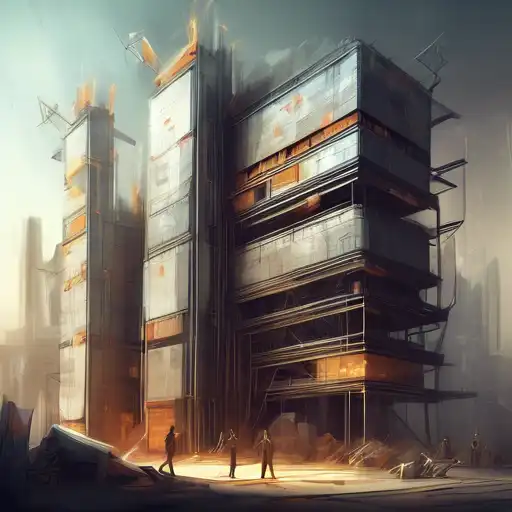Introduction to Website Creation
Embarking on the journey of building a website from scratch can be both exhilarating and daunting. Whether you're looking to establish an online presence for your business, showcase your portfolio, or start a blog, understanding the basics of web development is crucial. This guide will walk you through the essential steps to create your own website, from planning to publishing.
Planning Your Website
Before diving into coding, it's important to plan your website's structure and content. Consider the purpose of your site, your target audience, and the key pages you'll need. Sketching a sitemap can help visualize the navigation and hierarchy of your pages.
Choosing the Right Tools
Selecting the appropriate tools is a critical step in the website building process. For beginners, starting with HTML and CSS is recommended as they are the building blocks of web development. Tools like text editors and web browsers for testing are also essential.
Writing Your First HTML Page
HTML (HyperText Markup Language) is the standard markup language for creating web pages. Start by creating a simple HTML file with a basic structure, including the DOCTYPE declaration, html, head, and body tags. Within the body, you can add headings, paragraphs, and links to start shaping your content.
Styling with CSS
CSS (Cascading Style Sheets) is used to style and layout web pages. By linking a CSS file to your HTML, you can control the appearance of your site, including colors, fonts, and spacing. Learning CSS selectors and properties will enable you to customize your website's look and feel.
Adding Interactivity with JavaScript
While not mandatory for a basic website, JavaScript can add interactivity and dynamic content to your pages. Simple scripts can enhance user experience by creating responsive menus, image sliders, or form validations.
Testing and Debugging
Testing your website across different browsers and devices ensures compatibility and a seamless user experience. Utilize developer tools to debug and refine your code, addressing any issues that arise.
Publishing Your Website
Once your website is ready, choosing a hosting provider and domain name is the next step. Upload your files via FTP or use a hosting platform's file manager to make your site live on the internet.
Maintaining and Updating Your Site
A website is never truly finished. Regular updates, content additions, and security checks are necessary to keep your site relevant and safe for visitors. Consider learning more about SEO to improve your site's visibility and ranking.
Conclusion
Building a website from scratch is a rewarding process that combines creativity with technical skills. By following this tutorial, you've taken the first steps towards creating your own online space. Remember, web development is a continuous learning journey, and there's always more to explore and implement.
